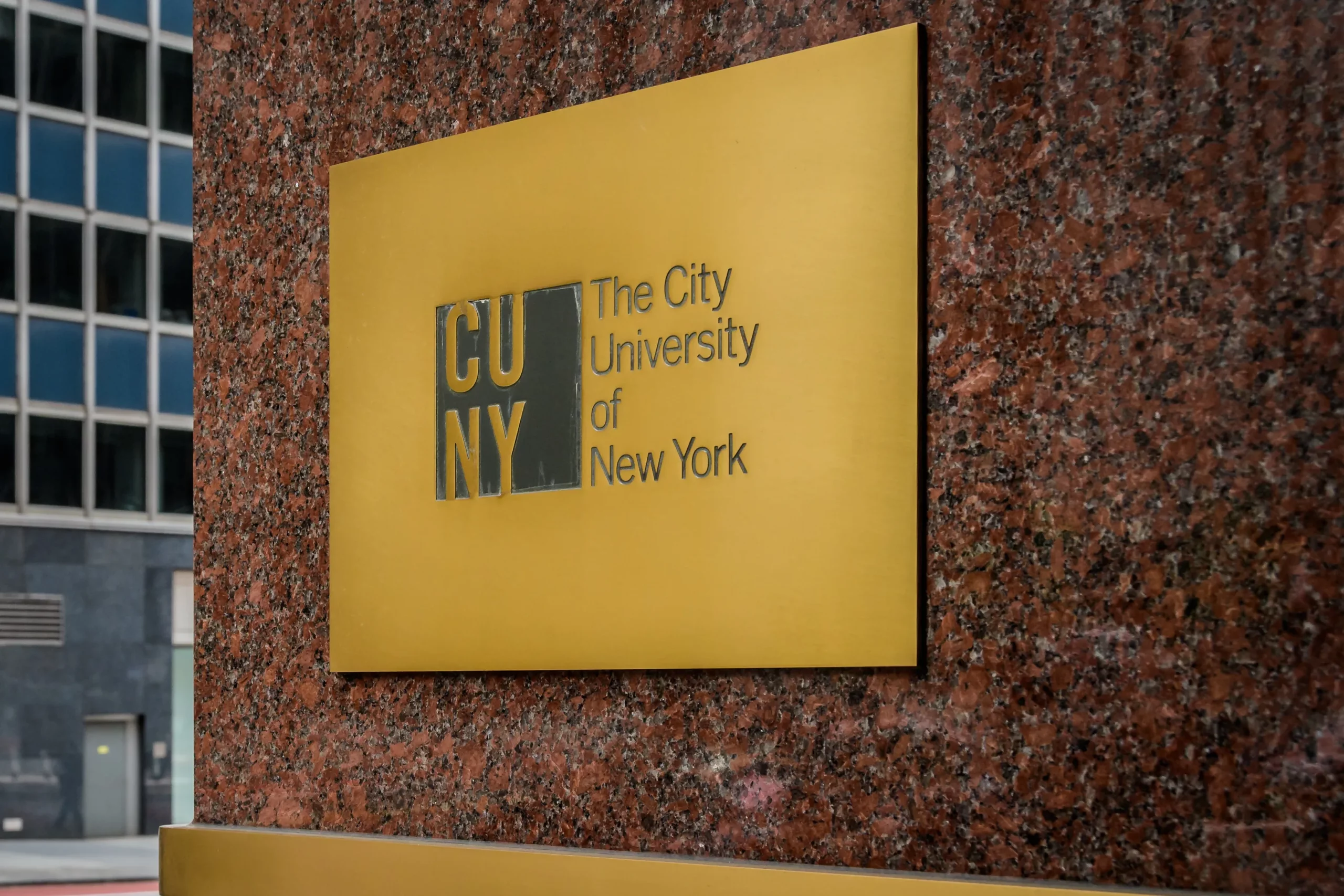You may be aware of the Queens College administration, such as President Frank Wu, his cabinet, and the other administrative departments that are in charge of managing the individual operations of Queens College. But that’s only one part of the picture, because there is a much larger governing body responsible for overseeing the whole CUNY system. The CUNY Board of Trustees.
This board is the governing body that is in charge of overseeing the whole CUNY system. The 17 members on the CUNY Board of Trustees are in charge of amending and implementing CUNY policy, appropriating funds, amongst many other things ensuring that all of the vital needs of the system are met.
The CUNY Board of Trustees are responsible for many of the financial decisions made within the CUNY system, such as purchasing CUNY-wide software, approving capital improvements projects, and allocating/approving funds to each individual college.
The Board of Trustees are also responsible for approving many personnel decisions like approving tenure appointments for professors and appointing the CUNY chancellor — who in turn is responsible for overseeing the University’s operations, programs, and acts as the overall representative for the CUNY system.
The CUNY Board of Trustees also has the power to adopt and amend CUNY’s Bylaws which are “the highest source of policy” within the CUNY system. The bylaws provide guidelines for the committees of the board, the council of presidents, instructional staff tenure, faculty duties, salary schedules, student organizations, and more.
The board also has the power to adopt and amend policies within the CUNY Manual of General Policy. This manual “is not a legal authority,” however it is a convenient source to reference when addressing the policies that govern the University. It provides guidelines for academic policy, programs, research, fiscal affairs, management of facilities, faculty, staff, code of conduct, student affairs, and more.
As a part of their duties, The CUNY Board of Trustees and its 13 committees and subcommittees hold regular meetings, which are open to the public. It is within these meetings where the board exercises their administrative duties by discussing, voting, and approving items on their agenda.
So what is the structure of the board?
The chairperson, the vice chairperson, and eight other trustees are appointed by the governor while the mayor appoints an additional five of the other members to the board. The last two trustees on the board are the chair of the University Faculty Senate and the chair of the University Student Senate who represent the faculty and the student bodies, respectively.
But how did this board come to be?
Founded in 1847, the predecessor to the modern CUNY system was governed by the Board of Education of New York. Board members served as as ex officio trustees for the College of the City of New York and Normal College of the City of New York (Later renamed Hunter College in 1914) for about the next 40 years.
In 1900, separate boards of trustees were appointed for the aforementioned colleges, however in 1926, the administration for both colleges became jointly supervised under the newly created Board of Higher Education of the City of New York.
It was only in 1961 when the New York State Legislature united seven municipal colleges, including Queens College, to form the City University of New York, or CUNY as it is known today.
Finally in 1979, with the adoption of the CUNY Financing and Governance Act, the Board of Higher Education became the CUNY Board of Trustees.
As the university system evolves, it is vital for the CUNY Board of Trustees to evolve with it, so they can best accommodate the needs and long term interests of CUNY.











